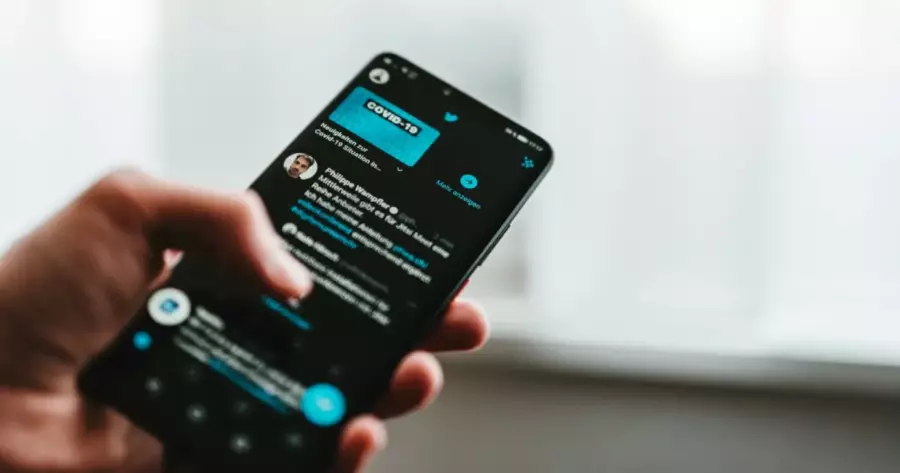Twitter is taking action against bot. These automated accounts provide information that is permitted by the terms of service of the site, as well as humour and artistic expression. Twitter APIs enable third-party applications to integrate with the website, resulting in a vibrant human and automated newsfeed.
Anyone who reads news regularly is aware that bots are being closely monitored. During the past quarter, Twitter removed 9 million of these Robo-users (along with a few mistakenly actual bots). The recent round of cancellations is in response to false accounts unfairly influencing national politics.
In response to these phoney accounts, which are condemned for artificially growing celebrity followings, new deletions are enacted. As a result, it is anticipated that the widespread bot carnage will continue indefinitely. On this point, everyone will agree that the public’s health comes before entertainment. The fact is, though, that not all bots are malicious. Whatever the precise figures, it is apparent that there are a sizable number of bots on Twitter.
But in some aspects, they’re superior to most people because they consistently exhibit creativity, helpfulness, or humour. They are literally built to deliver every time.
What is a bot?

Any automated software application utilized to carry out online duties that a person would otherwise have to accomplish is called a bot. Several chores would be so tedious and overwhelming that people would not even be able to do them. For instance, scraping Google to discover new websites or sifting through the various online data to check that Google’s ranking algorithm is functioning properly. So, those jobs must be carried out by automated software programmes.
Do bots predominate on Twitter?
In a recent SEC filing, Twitter, Inc. disclosed that less than 5% of its monetizable daily monthly active users (mDAU) are fraudulent or spam accounts.
The CEO of Twitter, Parag Agrawal, noted that more than 500,000 spam accounts are suspended daily by the Twitter staff. Every week, millions of accounts that might be spam are locked, as long as they can’t pass human verification tests (captchas, phone verification, etc.).
Not awful at all. A bot issue of 5% can be nearly unnoticeable yet unwanted. However, a lot of people believe that the figure rarely reflects the platform’s actuality. Elon Musk is one of those folks. Earlier in April of this year, the tech tycoon proposed purchasing the Twitter service.
He then postponed the agreement, asking Twitter to back up their estimate that spam/fake accounts actually make up fewer than 5% of users. Twitter has stated that 20% of its accounts are fraudulent or spam, but Musk estimates that there may be a much higher percentage.
The bot issue on Twitter has a complex political undercurrent. Is Elon Musk using Twitter’s large spambot population as a reason to reject the buyout? Is Twitter fabricating its financial data and using a flawless platform on paper to con Elon Musk into a bad deal?
Also read: Things To Know About Windows 11’s Warning Against Writing Down Passwords
























































